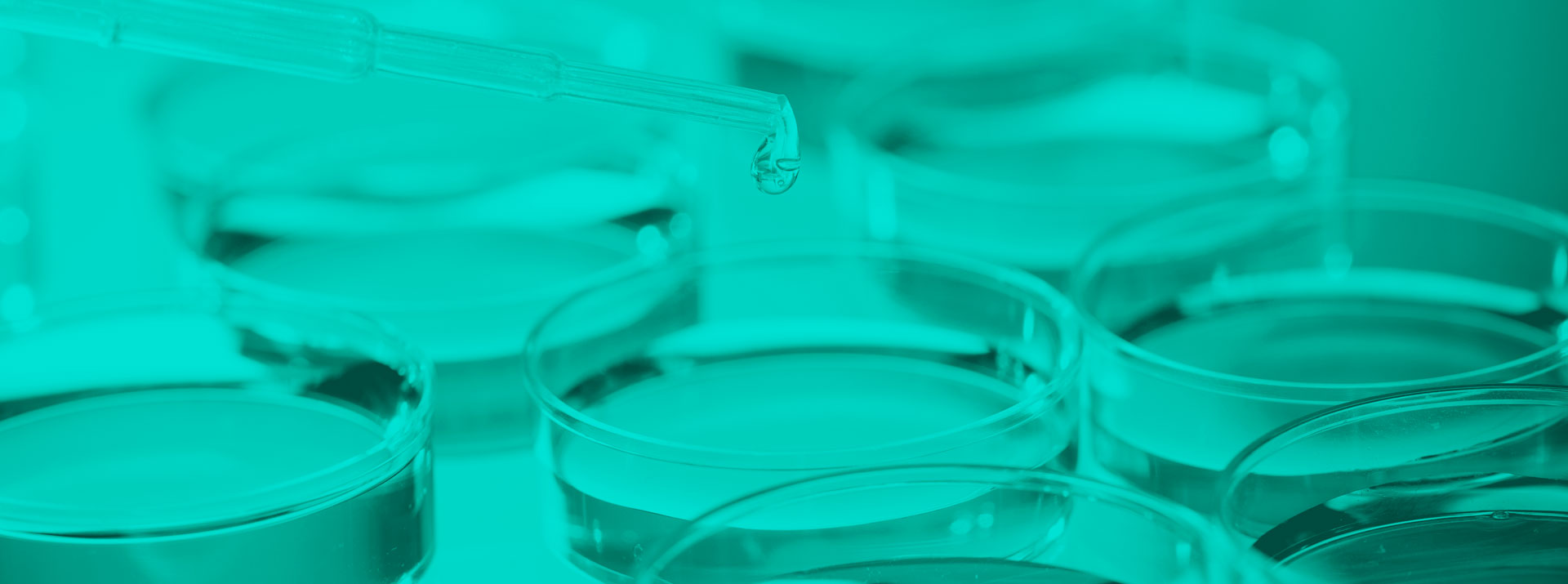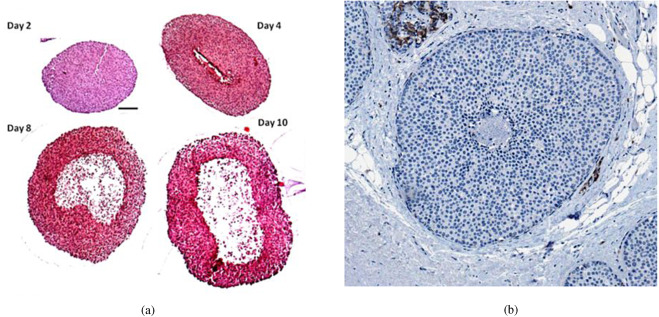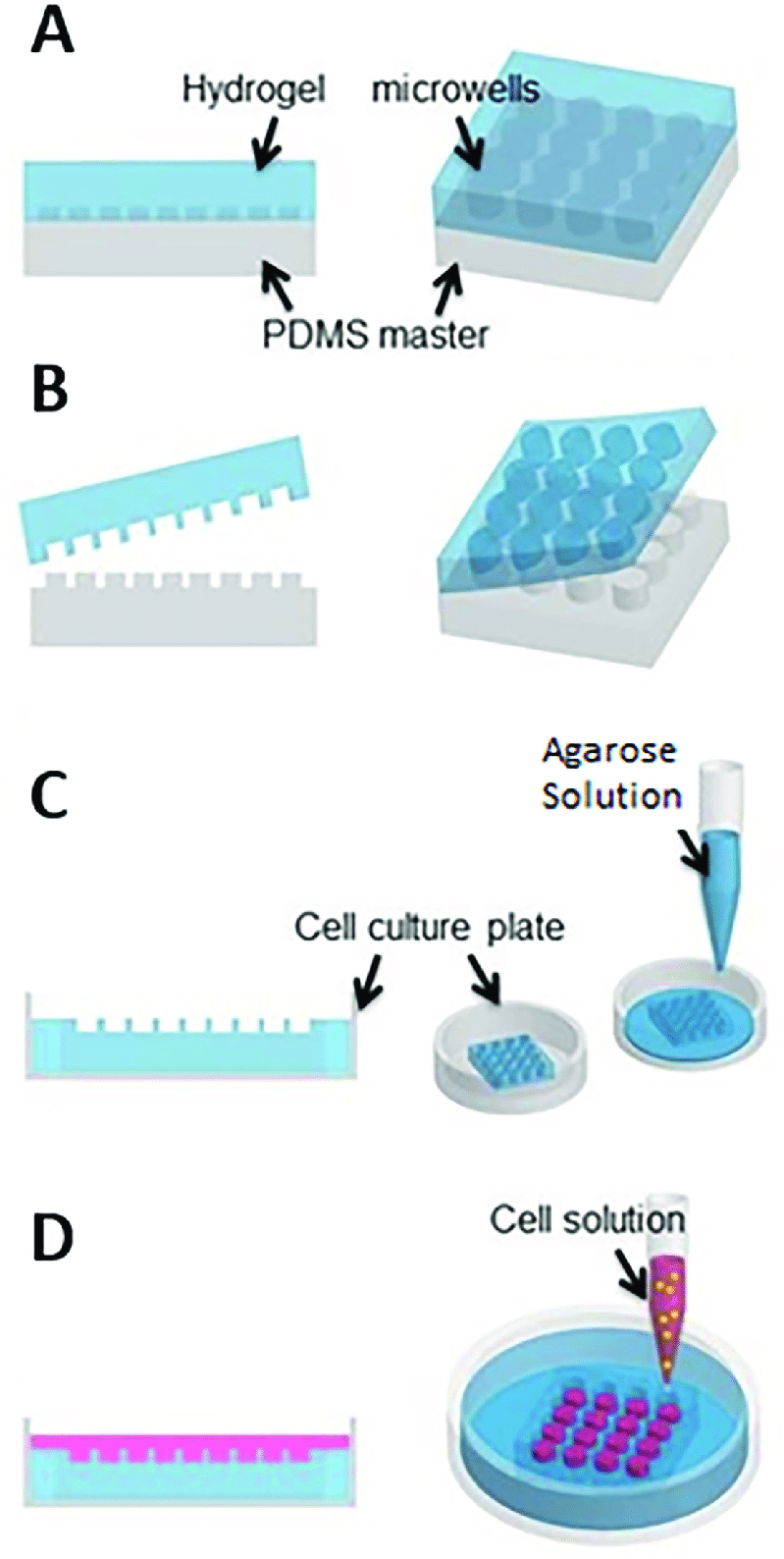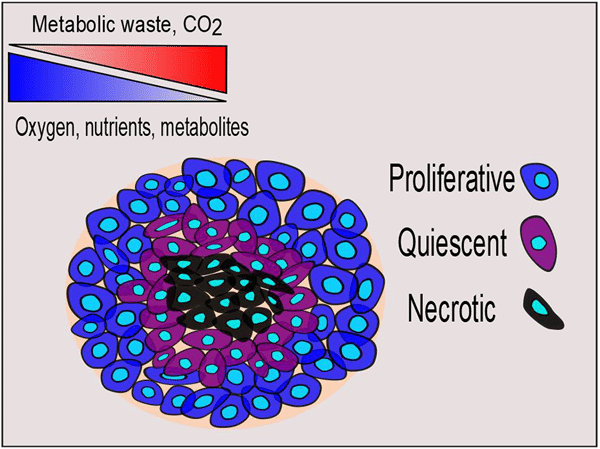Insights into the application of brain organoids
Despite the significant advances in using animal models in medical research, some preclinical studies from those models failed to be translated into clinical practice successfully. This could be due to subtle differences in the brain structure and cellular composition across
7 physiological characteristics that distinguish spheroids from 2D cell cultures
A spheroid is a three-dimensional (3D) cell culture model that mimics the in vivo environment more closely than traditional two-dimensional (2D) monolayer cultures. Physiologically, spheroids exhibit several distinct characteristics compared to 2D cell cultures. This article is an overview of the
Necrosis in spheroids and how to detect it
As spheroids grow, oxygen diffusion from the external layers of cells into the core gets limited and this leads to cellular stress, energy deprivation, and eventually necrosis. The development of necrosis in spheroids depends on various factors, including the spheroid
Non-Adhesive Well Plates For Spheroid Generation
Spheroid cell cultures are defined as 3-dimentional cell aggregates that are formed via spontaneous self-assembly of cells in a cell repellant, non-adhesive surface. It is by far one of the popular anchorage free 3D cell culture methods, that are low
Character And Morphology Of Spheroids
Spheroid cell culture is a type of scaffold-free 3D cell culture method. Spheroids are formed by the self-assembly of cells. Generally, spheroid formation takes place in 3 steps (1-3). 1. Formation of loosely packed cell aggregates via integrin-ECM binding 2. Expression and






